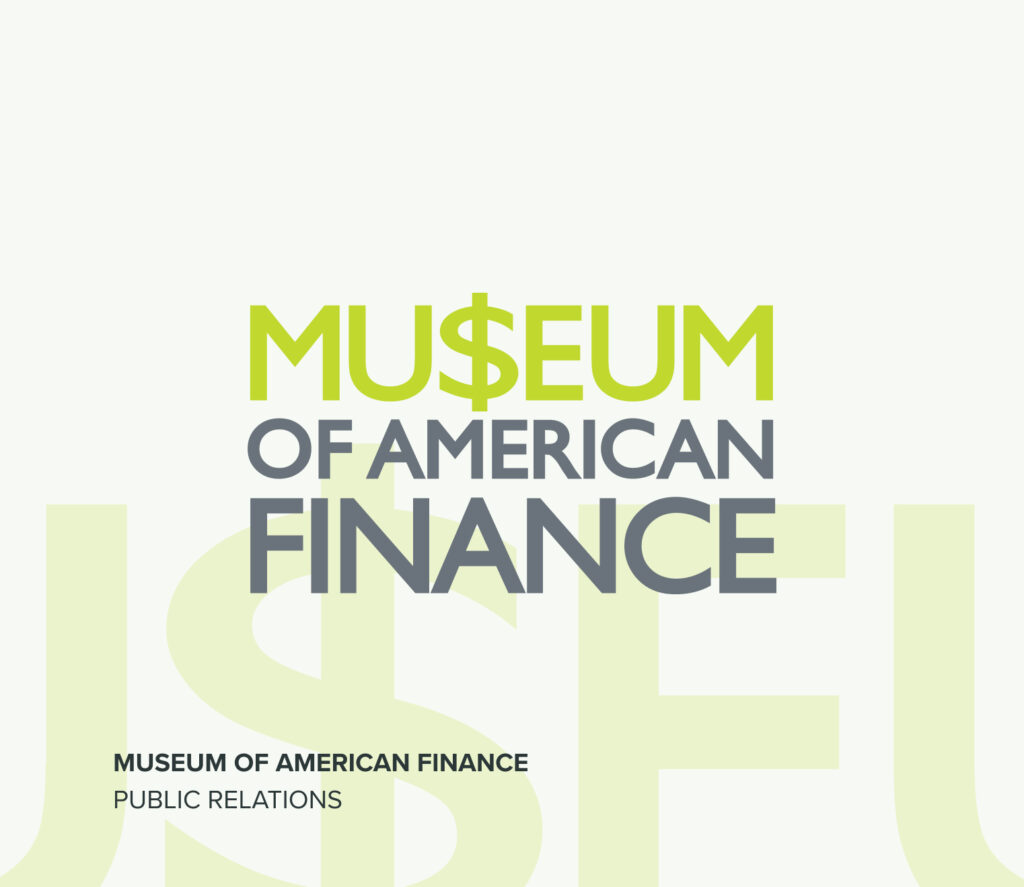5 Fascinating Facts about the Buttonwood Agreement & the Birth of the NYSE
Today in History: The Birth of the NYSE
The New York Stock Exchange turns 229 today! This iconic Wall Street institution was born on May 17, 1792, when 24 brokers and traders signed a document known as the Buttonwood Agreement. From these humble beginnings, the NYSE has grown to become the world’s largest stock market and a center of global trading.
Today, we’re going back in time to bring you five interesting facts about the Buttonwood Agreement and the origins of the New York Stock Exchange.
1. Short And Sweet — It Only Took Two Sentences To Launch The NYSE
You may think of founding documents as long texts filled with flowery language and grand ideas, but the Buttonwood Agreement is no U.S. Constitution. Instead, the NYSE founders kept things simple with a no-nonsense two-sentence document in which they promised to trade only with each other and not to undercut each other with cut-rate commissions.
The entire text reads:
We the Subscribers, Brokers for the Purchase and Sale of Public Stock, do hereby solemnly promise and pledge ourselves to each other that we will not buy or sell from this day for any person whatsoever, any kind of Public Stock, at a less rate than one quarter per cent Commission on the Specie value and that we will give preference to each other in our Negotiations. In Testimony whereof we have set our hands this 17th day of May at New York.
1792.
2. The Buttonwood Agreement Gets Its Name From A Tree
It’s hard to imagine now, but Wall Street once had more trees than skyscrapers. The founders of the NYSE often met under a buttonwood tree outside 68 Wall Street to discuss trades and investments. When they decided to make their cooperation official, they signed the agreement under the tree and named the document the Buttonwood Agreement in honor of their favorite meeting spot.
3. Damage Control — A Financial Panic Caused By The First Insider Trader Motivated Brokers To Start The NYSE
Without William Duer, the Buttonwood Agreement might never have been signed. Duer is notorious for being Wall Street’s first insider trader. His actions led to a rush of panic selling known as the Financial Panic of 1792. In the aftermath, trust in the marketplace was low and people were hesitant to invest.
The Buttonwood Agreement was an attempt to regulate the trading environment and convince people it was safe to invest again.
4. We’re All In This Together — Why The Buttonwood Agreement Signees Agreed To Trade Only With Each Other
Before the Buttonwood Agreement was signed, there were no rules governing the stock market. Trades took place all over the city in auction houses, offices, and random coffeehouses. Deals often fell through and it was impossible to know if the person taking your money was a real broker or a con man.
By pledging to trade only with each other, the NYSE founders created a network of trusted brokers who could be counted on to honor payments and offer legitimate investment opportunities. The deal was a win-win for investors and brokers and laid the foundations for our modern trading system.
5. Humble Beginnings — Only A Handful Of Stocks Were Originally Traded When The NYSE Got Started
Today, stockbrokers trade billions of shares from over 2800 companies on the NYSE, but things were very different in 1792. The idea of investing in stocks to make money hadn’t really caught on beyond a few wealthy people, and trading options were limited.
When the Buttonwood Agreement was signed, the only stock available was in insurance companies, the Bank of New York, the First Bank of the United States, and the war bonds issued by Alexander Hamilton to help pay off debt from the Revolutionary War.
Still Going Strong
It’s wild to think that the powerhouse NYSE of today started as a tiny stock exchange governed by a short document signed under a tree. The men who signed the Buttonwood Agreement may have simply been trying to reestablish a little trust in the market, but the exchange they created quickly took off and is still going strong 229 years later.
We hope you’ll let the humble origins of the NYSE inspire you to keep working and building. And who knows? Maybe someone 229 years from now will still be talking about what you started in 2021.


